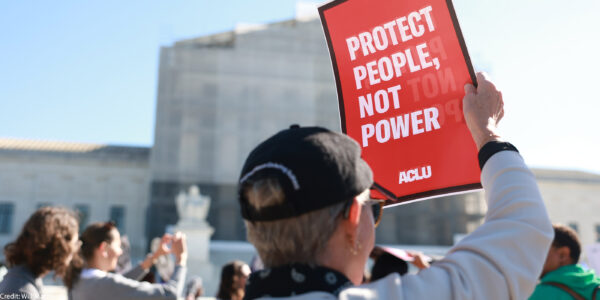Your Questions Answered: Trump’s First 100 Days
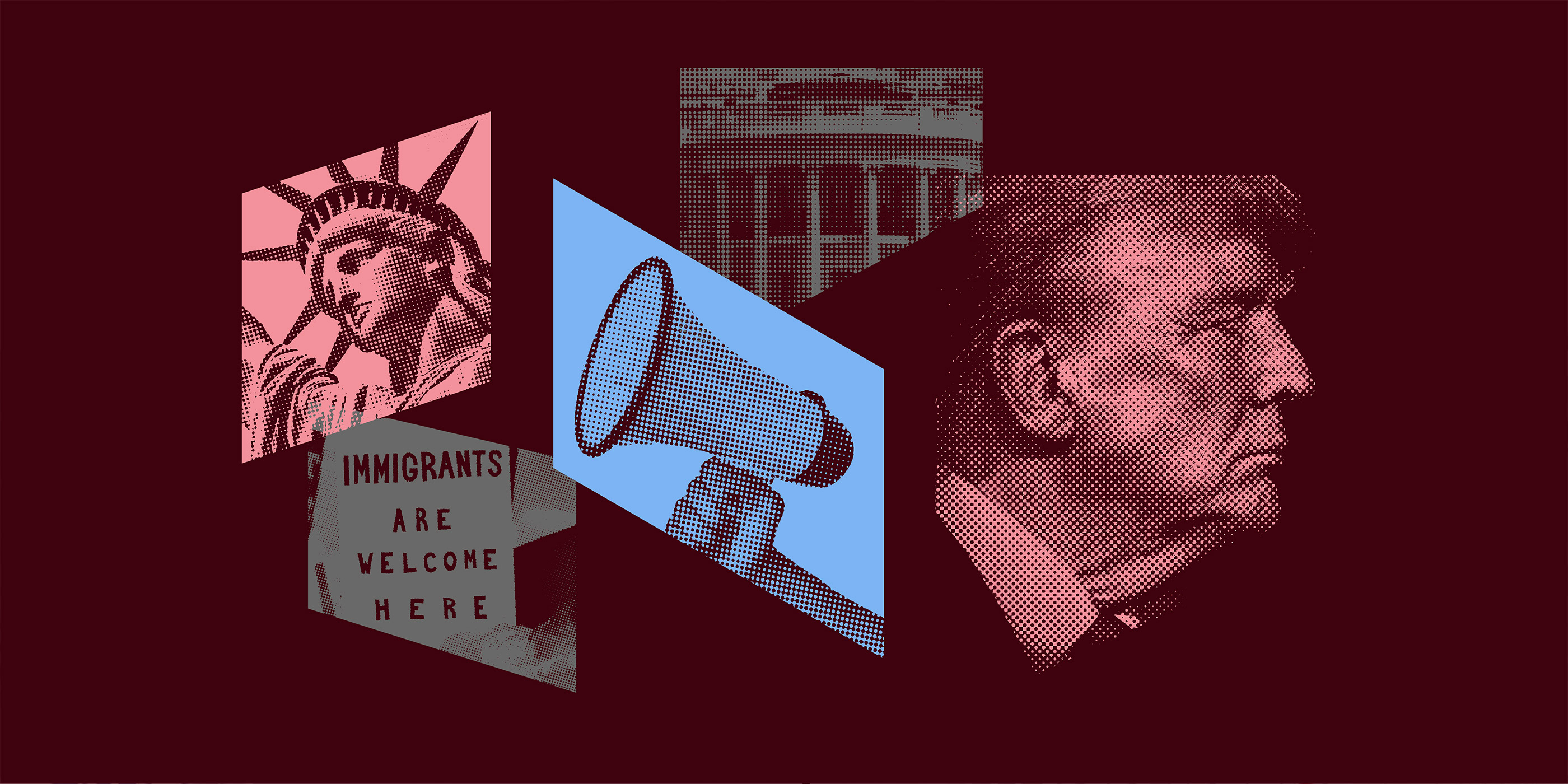
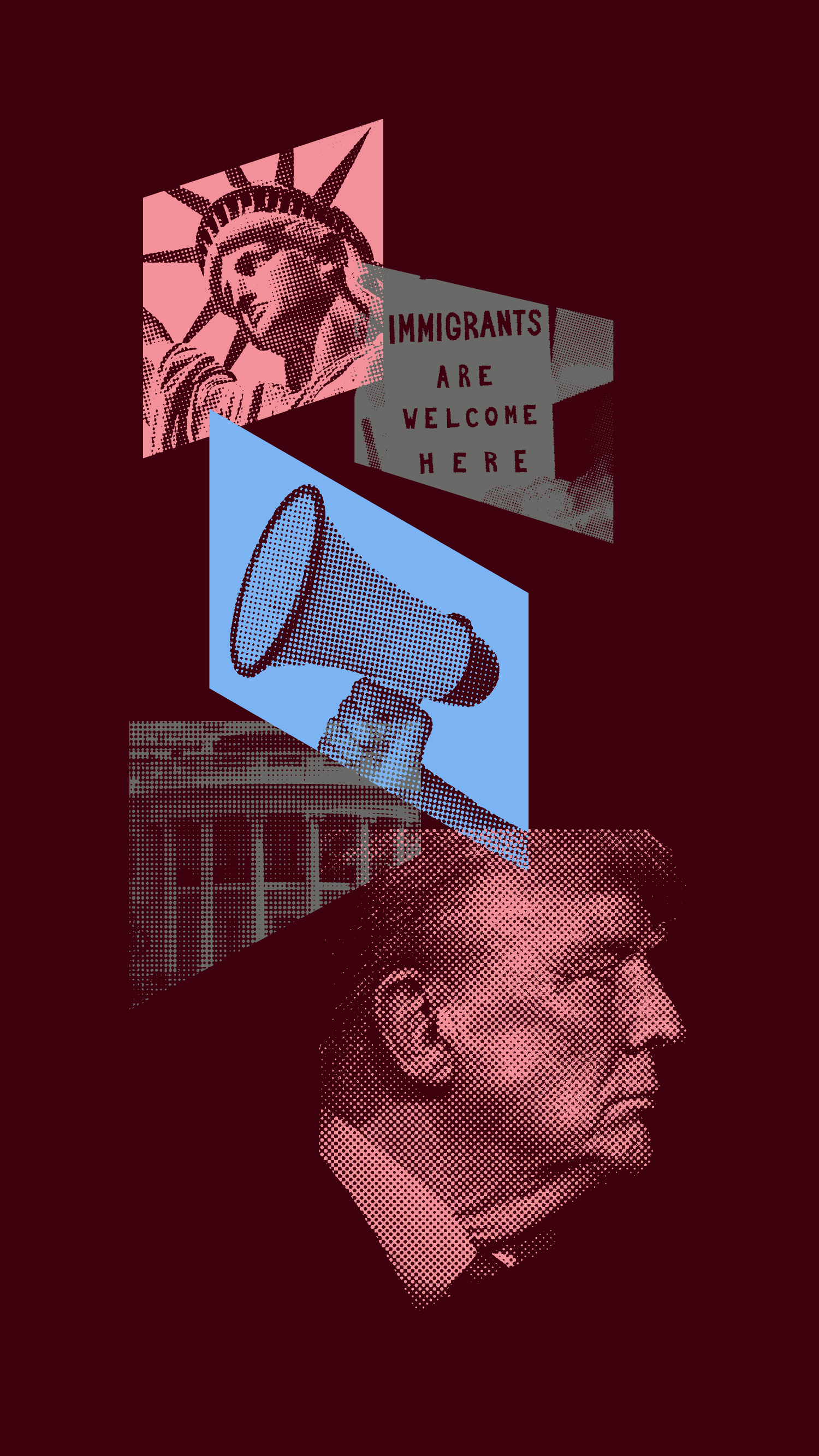
In the first 100 days of President Donald Trump’s second term, we’ve seen a whirlwind of executive orders, policy proposals, and media commentary that have left many of us questioning the future of our democracy. It can be hard to separate what’s truly important, what’s fact, and what can be done to safeguard our rights. We believe that an informed public is a powerful one, and we're here to help you understand the policies shaping our country,
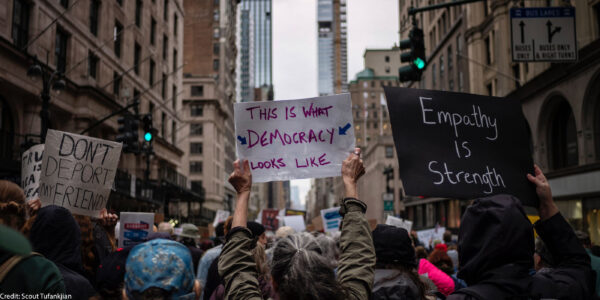
Civil Liberties
We Are Defending Freedom in the Courts — And Still Winning

Civil Liberties
We Are Defending Freedom in the Courts — And Still Winning
Since January, our legal and advocacy experts have been breaking down the implications of Trump’s executive orders. These actions seek to roll back DEI efforts, attack birthright citizenship, target trans people, and attempt to dismantle the U.S. Department of Education. We’ve also explained unlawful threats, such as Trump’s attempt to invoke the Insurrection Act, use outdated laws to deport millions, and silence speech that challenges his discriminatory agenda. In addition, we shared materials about what your rights are, how to exercise them, and what to do if they’re violated.
We know you have questions, and we have answers. Below, you‚Äôll find answers to five of the most pressing questions we‚Äôve received about Trump‚Äôs first 100 days in office. This is the first in our ongoing series, ‚ÄúYour Questions Answered,‚Äù where we bring your questions about civil liberties and civil rights issues directly to ∫Ï–” ”∆µ experts.
Trump issued a flurry of executive orders that targeted not just our civil liberties, but entire communities. Is this legal?
An executive order is a written directive, signed by the president, that orders the government to take specific actions. Executive orders cannot override federal laws and statutes.
Importantly, the Constitution has a set of checks and balances written into it so that no one branch of the government is more powerful than the other. The president can’t use an executive order to sidestep those checks and balances. Trump, or any president, is misusing executive order authority if the president orders the government to take actions that are not authorized by the Constitution or are in violation of federal laws. That’s when the courts must step in to safeguard our rule of law.
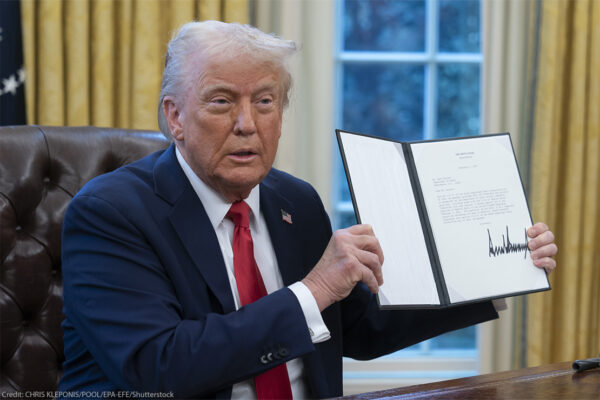
Privacy & Technology
Civil Liberties
What Is an Executive Order and How Does it Work?

Privacy & Technology
Civil Liberties
What Is an Executive Order and How Does it Work?
An executive order can be lawful and still cause harm, especially when it threatens important civil liberties or civil rights. At the ∫Ï–” ”∆µ, we have more than 100 years‚Äô experience holding powerful entities, like the executive branch, to account. Already during this administration, we‚Äôve explained how Trump‚Äôs most recent executive orders rolling back DEI efforts, attacking birthright citizenship, and targeting trans people are unlawful. We‚Äôve also filed more than 20 lawsuits against the Trump administration‚Äôs policies.
–Chris Anders, director of Policy and Government Affairs, Democracy and Technology
One of Trump’s first executive orders alleged to address sex discrimination, but in effect is an attack on transgender people. How does this order harm the LGBTQ community?
On his first day back in office, President Trump signed a far-reaching executive order requiring federal agencies to discriminate against transgender people by denying who they are and threatening the freedom of self-determination and self-expression for all.
Trump’s signed order states: “It is the policy of the United States to recognize two sexes, male and female. These sexes are not changeable and are grounded in fundamental and incontrovertible reality.” The order defines terms like “man” and “woman” based on whether a person “at conception” belongs “to the sex that produces the large reproductive cell” or that “produces the small reproductive cell.”
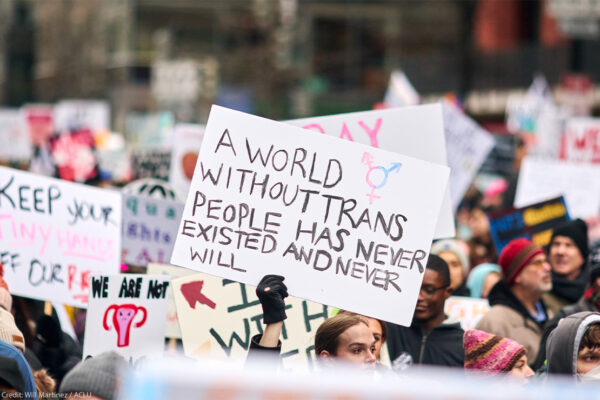
LGBTQ Rights
Trump's Executive Orders Promoting Sex Discrimination, Explained

LGBTQ Rights
Trump's Executive Orders Promoting Sex Discrimination, Explained
Trump‚Äôs order then directs federal agencies to ‚Äúenforce laws governing sex-based rights, protections, opportunities, and accommodations‚Äù using his cramped definitions, including designating sex on passports and other federal identification documents, or determining where transgender people are confined in federal custody. The order also includes a sweeping mandate to all agencies to ‚Äúend the Federal funding of gender ideology.‚Äù The ∫Ï–” ”∆µ sued.
–Gillian Branstetter, LGBTQ communications strategist
Part of Trump’s “war on woke” is to eradicate diversity, equity and inclusion efforts in schools and federal offices. Can he do that?
Programs labeled as diversity, equity, and inclusion (DEI) encompass a broad range of lawful initiatives that create fairer workplaces and schools. Trump’s executive orders targeting these programs conflate lawful efforts with discrimination, weaponizing enforcement to bully institutions into abandoning critical programs and taking steps to try to eliminate protections against discrimination by government contractors. However, no court has declared DEI efforts inherently illegal, and President Trump cannot override decades of legal precedent.

Racial Justice
Trump’s Executive Orders Rolling Back DEI and Accessibility Efforts, Explained

Racial Justice
Trump’s Executive Orders Rolling Back DEI and Accessibility Efforts, Explained
In employment, properly designed DEI programs are not only legal under federal and state civil rights laws and long-standing legal precedents; they are also necessary to ensure compliance with those laws. Programs labeled as DEI ensure that no one is excluded from opportunities because of their race, ethnicity, disability, sex, sexual orientation, or gender identity. Many of these initiatives are not focused on selecting specific candidates for hire — they aim to create fairer processes.
Schools, too, are required to comply with federal and state civil rights laws that ensure educational opportunities are provided on an equal basis. This means reviewing policies and practices to ensure they don’t unnecessarily foreclose opportunities based on race or other protected characteristics. Schools must also work to foster a climate where all students can access and thrive in their educational pursuits. Now, more than ever, educational institutions must resist intimidation and reaffirm their commitment to identifying and removing barriers to equal opportunity.
‚ÄìReNika Moore, director of the ∫Ï–” ”∆µ Racial Justice Program
Communities are fighting back against Trump’s unlawful attempts to deport our neighbors. What legal rights do individuals have when speaking out about Immigrations and Customs Enforcement (ICE) agents, Trump’s policies, or other immigrants’ rights issues?
You have the right to share truthful, lawfully obtained information about law enforcement and tell people about their legal rights — even if they’re in trouble. You can also advocate for changes to laws without fear, as long as you follow certain guidelines.
Specifically, you have the right to tell people their legal rights even when the person has broken, or is breaking, a law. Telling people about their legal rights includes identifying people’s rights and explaining them, offering practical advice about one’s demeanour when interacting with law enforcement, and suggesting specific words one can say to invoke one’s rights or to understand whether one is under arrest.

Free Speech
Talking to People ∫Ï–” ”∆µ Their Rights

Free Speech
Talking to People ∫Ï–” ”∆µ Their Rights
You can also advocate for what you believe in, including whether laws should change. This is political speech protected by the First Amendment. You can say that you think current policy is unjust, you can advocate for specific alternatives, and you can talk about the impacts you are seeing on the people and communities around you. You can also talk about illegal activity. For example, you can say, “I think this is a bad law and that people shouldn’t be punished for violating it.” That is true even if the government believes you are thereby encouraging or advocating for illegal activity — as long as you are not intentionally advocating for imminent and likely unlawful action or intentionally offering help to someone on how to commit a specific, unlawful act.
‚ÄìVera Eidelman, senior staff attorney with the ∫Ï–” ”∆µ's Speech, Privacy, and Technology Project
